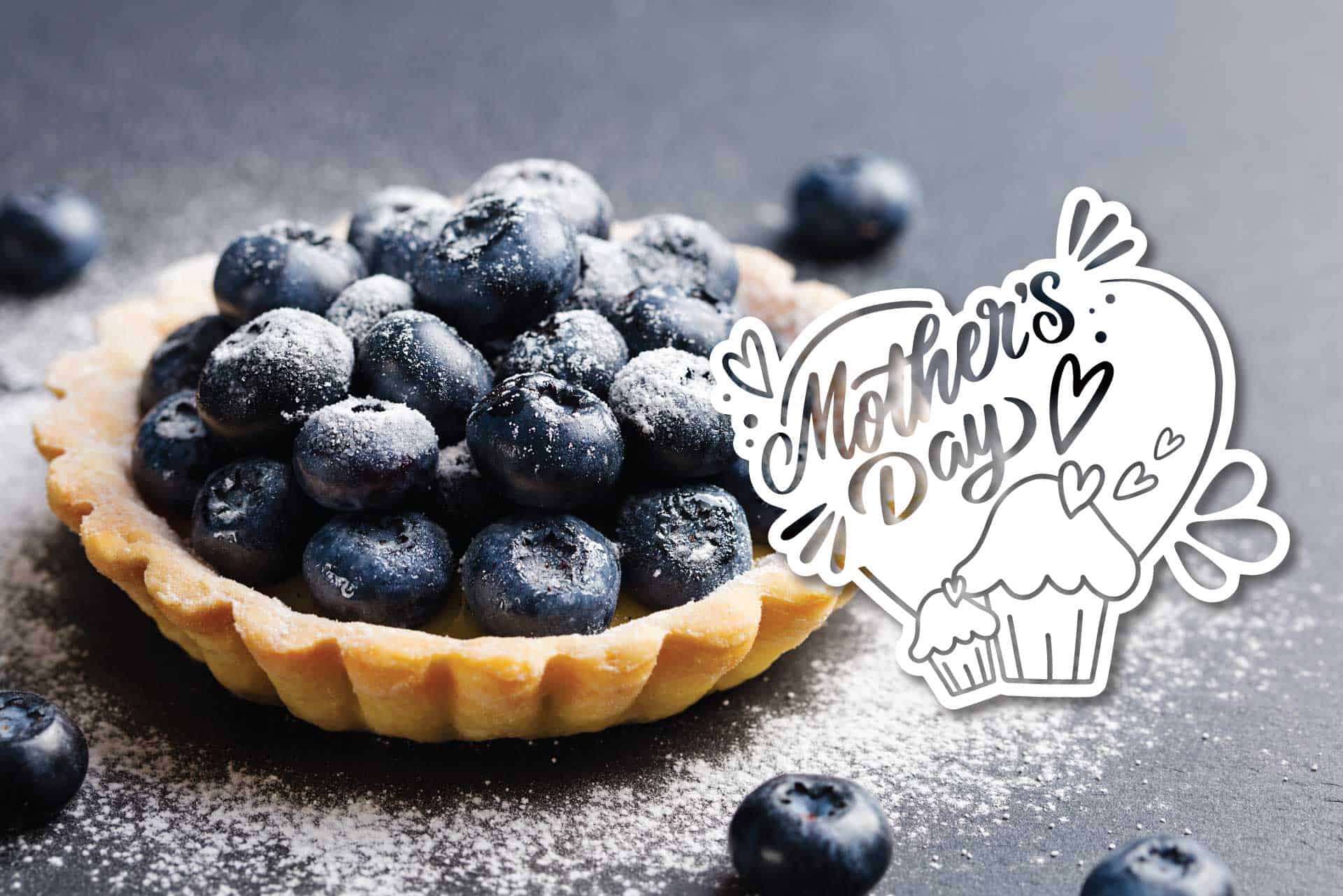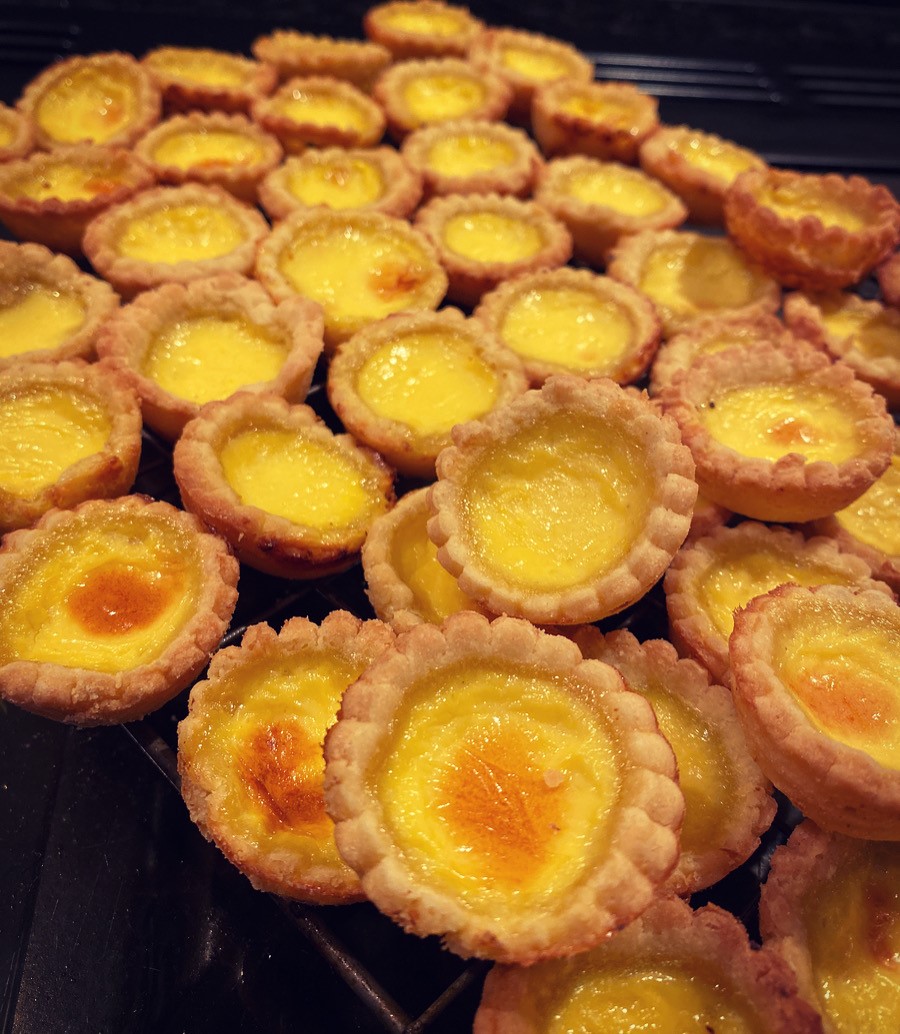
In a medium saucepan over medium heat, whisk milk, egg yolks, vanilla extract, granulated sugar, cornstarch and salt.
Custard tart how to#
How to make custard filing for fruit tart Bake 15 to 18 minutes or until lightly golden and baked through. Place tart pan on a baking sheet in the center of oven.

Using fork tines, poke tart crust all over so it will not puff up Freeze 7 to 10 minutes to firm up slightly. Press mixture evenly into bottom and sides of prepared tart pan. Add butter pulse until mixture resembles coarse crumbs. In the bowl of a food processor, pulse flour and powdered sugar until combined. OR you can buy ready made one HERE Custard filing 1 cup (2 sticks) unsalted butter, softened.Are you ready to make delicious fruit tart with custard filing with me? Perfect fruit dessert Ingredients needed ^ "Flan pâtissier à la vanille (Julien Delhome)".It is by far my favorite dessert any time of the year. Combination of fruit and custard filling in one shortcake tart is just heaven for me! It is such a comfort food in a healthy way and super easy to make.^ Pie Susu Bali - Balinese Milk Custard Tart Recipe | Daily Cooking Quest.Archived from the original on 16 January 2008. ^ "Great British Menu - The Winning Menu"."Where to buy the best egg custard tart". "Custard tart fight: can the British version ever compete with Portugal's pastéis de nata?". ^ "Baking for Britain - Custard Tarts".A Boke of Gode Cookery - Medieval Recipe Translations. Archived from the original on 6 June 2008. ^ a b "Icon nominations > Egg custard tart".^ Site of CNRTL : etymology of croustade.Oxford English Dictionary, Second Edition. Archived from the original on 18 January 2017. Versions topped with elaborate arrangements of fruit show the influence of French pâtisserie. Other versions may have some fresh fruit, or rhubarb, cooked into the filling. Variations on the classic recipe include the Manchester tart, where a layer of jam is spread on the pastry before the custard is added. Classically, they are invariably topped only with a dusting of nutmeg – fruit topping in the French style, or cinnamon dusting in the Dutch, is not typical. The tarts are either made as a single large tart from which slices are cut, or as smaller individual tartlets. A version by Marcus Wareing was selected on the BBC television programme Great British Menu as the final course of a banquet to celebrate Queen Elizabeth's 80th birthday. In the UK, the custard tart is regarded as a classic British dish.


They are sold in supermarkets and bakeries throughout the UK. Modern versions Ĭustard tarts have long been a favourite pastry in Britain and the Commonwealth, where they are often called "egg custard tarts" or simply "egg custards" to distinguish the egg-based filling from the commonly served cornflour-based custards. In Portugal, the tarts are dusted with cinnamon in Britain, nutmeg is often used. Often, savoury ingredients such as minced pork or beef marrow were also added (the combining of sweet and savoury ingredients was more common in medieval England), but unlike a modern quiche the custard filling itself was invariably sweet. Tarts could also be prepared with almond milk during times of fasting such as Lent, though this was rather expensive and would have been available only to the well-off. Recipes existed as early as the fourteenth century that would still be recognisable as custard tarts today. Medieval recipes generally included a shortcrust and puff pastry case filled with a mixture of cream, milk, or broth, with eggs, sweeteners such as sugar or honey, and sometimes spices. In 1399, the coronation banquet prepared for Henry IV included "doucettys". Some other names for varieties of custard tarts in the Middle Ages were doucettes and darioles. It is related to the 18th-century French term croustade, probably borrowed from the Italian crostata (already mentioned 13th century), derived from crosta ( croûte in French), more probably than the Occitan croustado « tart ». It is derived from Anglo-Norman crust (> English crust) corresponding to French croust. The development of custard is so intimately connected with the custard tart or pie that the word itself comes from Anglo-Norman * crustade (unattested), meaning a kind of pie.


 0 kommentar(er)
0 kommentar(er)
